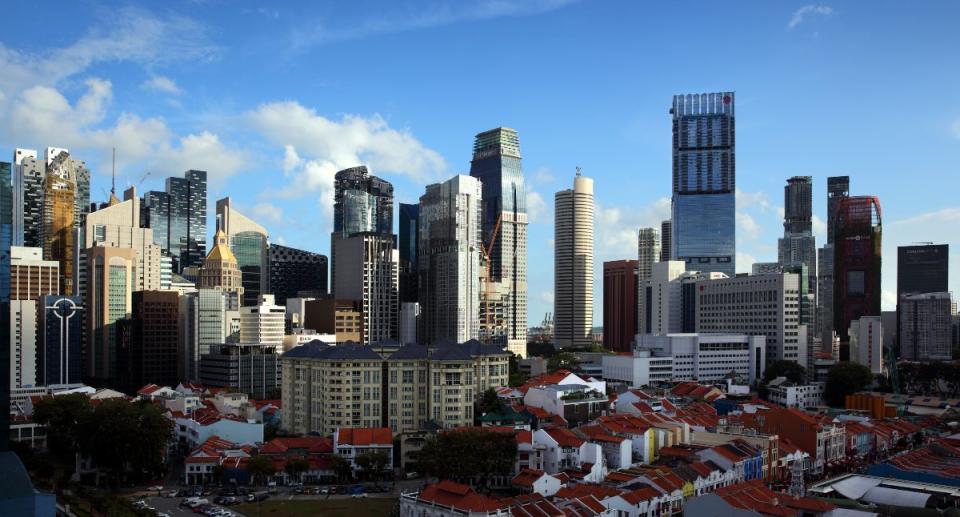Southeast Asian stock exchanges need to play a larger role to move the region’s PE market forward: Bain & Co

Southeast Asia's overall deal value fell 39% to US$9 billion in 2023 compared to the previous five year average of 2018-2022.
Stock exchanges in Southeast Asia need to strive to build their velocity, liquidity and depth in order to move the region’s private equity (PE) market forward, says Bain & Company’s head of Southeast Asia PE practice Usman Akhtar.
This is amid continued decline in overall deal value, which fell 39% to US$9 billion ($12.11 billion) in 2023 compared to the previous five year average of 2018 to 2022, according to Bain’s Southeast Asia Private Equity Report 2024. Deal volume dropped 24% in the same period.
In 1Q2024, deal activity dropped 46% q-o-q to US$1.4 billion, with deal value back at the same level as 1Q2023.
“It has been a challenging year for dealmaking, exits and fundraising in Southeast Asia. Findings from our industry survey point to some of the drivers behind these challenges.
“General partners (GPs) and limited partners (LPs) are telling us that the areas they are most concerned about are challenging exit conditions, lack of deal opportunities and uncertain economic outlook,” says Akhtar.
Compared to stock exchanges in other developed markets, those in Southeast Asia generally have lower market cap, numbers of companies listed and value of trades.
According to data compiled by Bain, the velocity of the Singapore Exchange S68, Indonesia Stock Exchange, Bursa Malaysia and Ho Chi Minh City Stock Exchange stood at 32%, 19%, 28%, and 9% respectively in 2023. In comparison, the velocity of Korea Exchange, Shanghai Stock Exchange and Japan Exchange Group stood at 173%, 192% and 104% respectively.
Aside from the need for stock exchanges in the region to play a larger role, there are other factors that could help unlock a resurgence in deal activity. For one, exit overhang needs to be addressed, with proactive steps required to exit aged assets. Additionally, there needs to be visible traction in operational improvements in PE-owned assets as playing the macro story will no longer suffice,
Meanwhile, Bain has also identified several trends over the past year. For instance, global infrastructure and private credit fundraising are raising — since 2021, the firm has observed that PE-focused alternative asset managers have raised large Asia Pacific focused infrastructure and credit funds.
Last year marked a crescendo in healthcare dealmaking, accounting for 24% in Southeast Asia deal value due to several large deals in the provider space. This includes transactions involving Malaysia’s Ramsay Sime Darby Health Care, Vietnam’s FV Hospital and the Philippines' The Medical City. The previous high was in 2019 where healthcare deals made up 22% of the region’s deal value.
Despite a broader tech and internet slowdown, fintech and insurtech were key investment trends in Southeast Asia in 2023, with funding increasingly focused on scale players with strong business models. Fintech, in particular, has seen deal size increasing between 2018 and 2023, with total deal value growing at a 12% CAGR in the same period.
As population, urbanisation and GDP per capita continue to rise in Southeast Asian markets, Bain expects consumption to grow. Hence, consumer products companies will become a hotspot for PE investors.
Moving forward, dry powder levels across Asia Pacific remain very high, while investors in Southeast Asia appear less concerned about entry valuations than they have been in previous years, Bain notes.
Southeast Asia investors have accumulated significant pent-up demand to put their capital to work and start to change the recent trajectory of the region as a PE destination. Notably, penetration of the PE industry has significant headroom when compared to several other parts of Asia.
According to Bain, Southeast Asia’s PE and venture capital markets remain underpenetrated relative to other geographic regions as a percentage of GDP. Southeast Asia’s PE investment value is 0.2% of its GDP, compared to North America (0.7%), India (0.7%), South Korea (1%) and Japan (1%).
See Also:
Click here to stay updated with the Latest Business & Investment News in Singapore
Southeast Asia private equity capital deal value up 31% y-o-y to US$586 mil in 1Q2024: EY
13 ‘investible ideas’ to decarbonise region could generate US$150 bil annual revenue by 2030: report
Get in-depth insights from our expert contributors, and dive into financial and economic trends

 Yahoo Finance
Yahoo Finance 